It All Started with the Nantucket Steamer
By Ted Scull.
Beginning when I was six or seven years of age, my family began spending August and early September on Nantucket Island, a place we would gravitate to for decades. My grandparents and great aunt had starting going to the island in the 1920s.
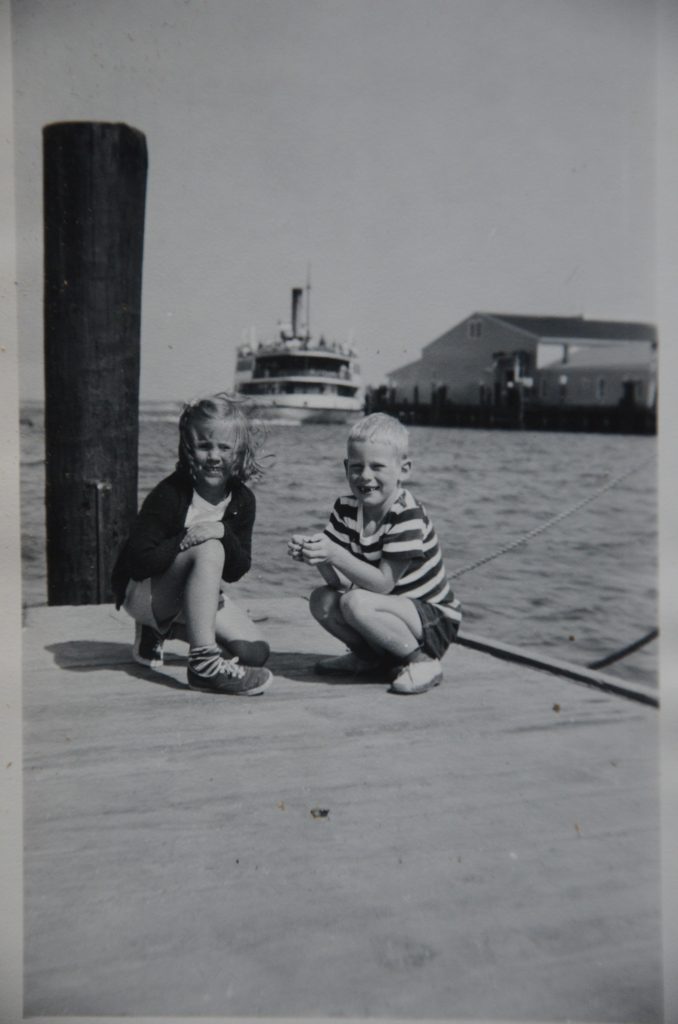
Teddy and his girlfriend, or should it be said, two girlfriends — Heather and the Nantucket steamer. * Photo: Sunny Scull.
Getting there meant a long drive from suburban Philadelphia to New Bedford, MA, then later Woods Hole on Cape Cod, to catch the steamer. It was always the steamer or Nantucket steamer, and never the ferry or ship, though sometimes the boat. The operator of the service was known as the Steamship Authority.
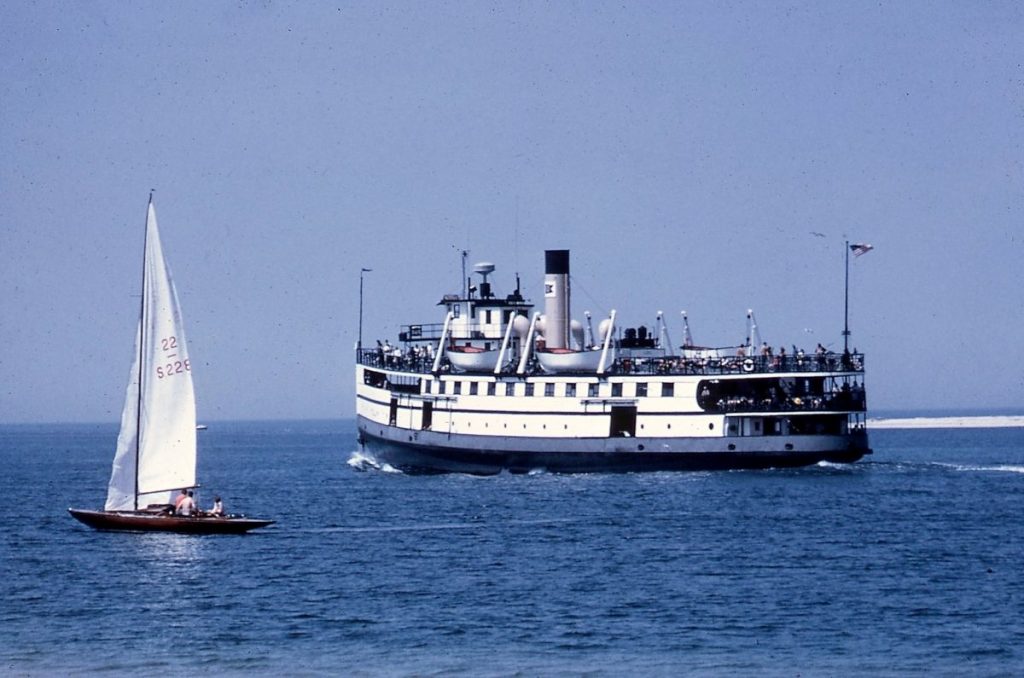
Steamer Nantucket, later named Nobska, sailing from the island. * Photo: Ted Scull
Before the Interstate Highways
The drive to the pier before the interstates existed was too long to catch the last steamer of the day, so we spent the night en route and continued the next day for a mid-morning departure.
The steamers Martha’s Vineyard and Nantucket were built in the mid-1920s at Maine’s Bath Iron Works, a famous shipyard still in business today. The pair did not look anything like a back-and-forth ferry as they had sharp bows and rounded sterns, openings at the side to drive through, and a tall stack with a steam whistle attached and rising straight up behind the pilot house. Flags flew from tall masts at the bow and stern.
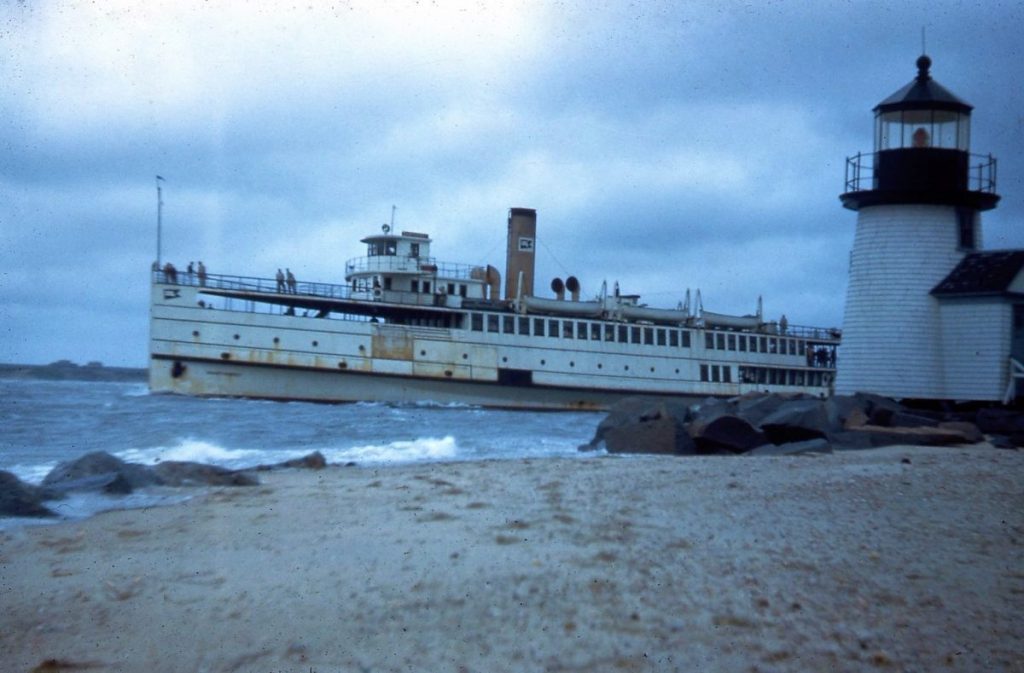
The steamer Nantucket rounding Brandt Point shortly after WWII. Rust accumulated during stormy winter months, and a paint job would have to wait until spring. * Photo: Arthur Ferguson
To me they seemed miniature versions of what we saw while driving past Manhattan’s ocean liner piers. About 10 years later we would board one for England and return from France on another.
Ships would then become a lifelong love affair, with the small ships coming on later.
Back to the Steamers…
Pop would drive our Buick aboard and mother would take my younger brother Sandy’s hand, and I was responsible for Bosco, the black cocker spaniel. Once aboard we stopped at the purser’s office to get the stateroom key.
Nothing fancy, just a couch, couple of canvas chairs, a sink, drop window and a call button for ice. Our sailing date was nearly always August 1st, a big turnover day for house rentals, hence the boat would be packed, and the stateroom was a retreat from the crowds for just a few dollars.
Subscribe to our monthly small ship cruise email
Subscribe to QuirkyCruise.com for monthly curated newsletters highlighting our top small cruise ship reviews, round-ups & offers!
On Board
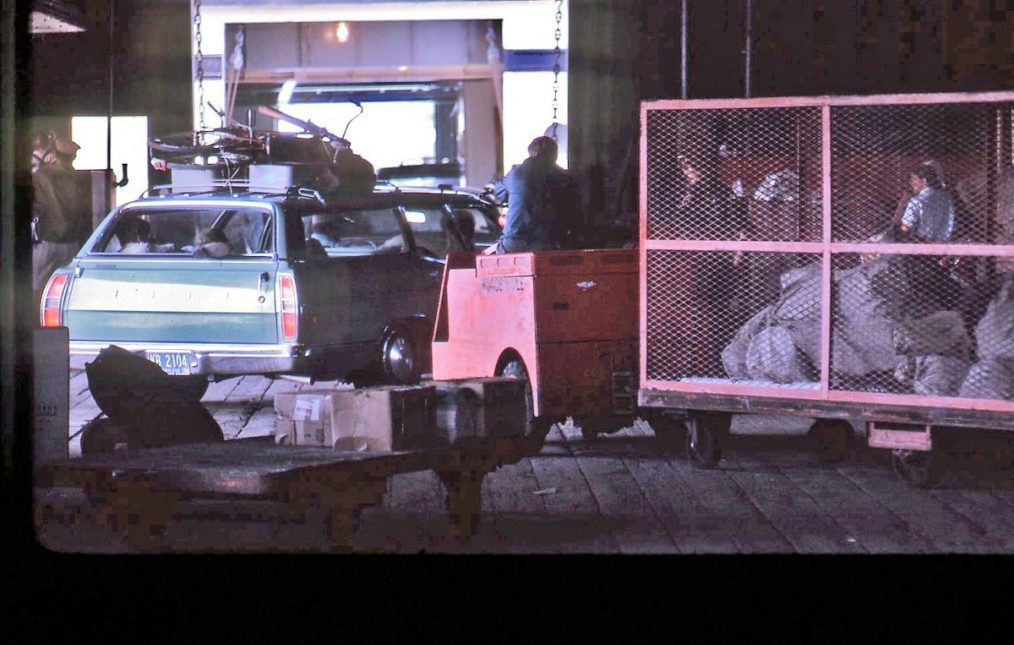
Loading cars, the mail, packages, anything and everything the island needed. * Photo: Ted Scull
Then the excitement began. Once the last car, luggage carriers, and freight filled every square foot of the vehicle deck, the engine came alive under foot, the lines were dropped, the steam whistle sounded one long blast, then three shorts, to indicate the boat was reversing.
Smoke poured from the funnel, and with a rumble under foot, we were away out into Nantucket Sound. From New Bedford the crossing took four and one-half hours, and from Woods Hole, three hours.

Passengers settle in for the crossing to Nantucket. * Photo: Ted Scull
The steamer made a stop at Oaks Bluff on Martha’s Vineyard, and treading water below, boys about my age called for coins. There was plenty of action. Some caught them in midair, but often they had to dive before they disappeared into the sandy bottom. When one resurfaced, he would hold up his treasure, invariably shout “thank you” before storing it in a bulging cheek. No demeaning pennies were tossed.
Passing Cross Rip Lightship, the boat’s crew tossed over the mail, newspapers and magazines, and if the day was a bit hazy, we would soon be out of sight of land for a few minutes, and I would rush back to the stateroom to tell my parents. Father would be dozing, and mother would smile knowing how exciting those moments were for me.
Then it was time to walk Bosco, and up on deck I would meet other kids and parents that I knew, often with pets on leashes. Soon we could pick out our house by its reddish roof perched high on the cliff.
Our Arrival
A clanging bell buoy protected the harbor entrance entered between stone jetties, and a long whistle sounded as we rounded Brandt Point Lighthouse announcing our arrival. It could be heard all over the town spread out beyond the large shingled steamboat wharf.
A lot of engine maneuvers using a clanging telegraph were ordered by the captain standing on the open wing outside the pilothouse. Long spring lines eased us stern first into the slip. Once tied up, pop went alone down to the car as there was scant room to squeeze between the vehicles parked every which way. The three of us walked off via the gangway, let Bosco have another go, and soon we were headed up to Cliff Road.
We were on island and the summer had begun.
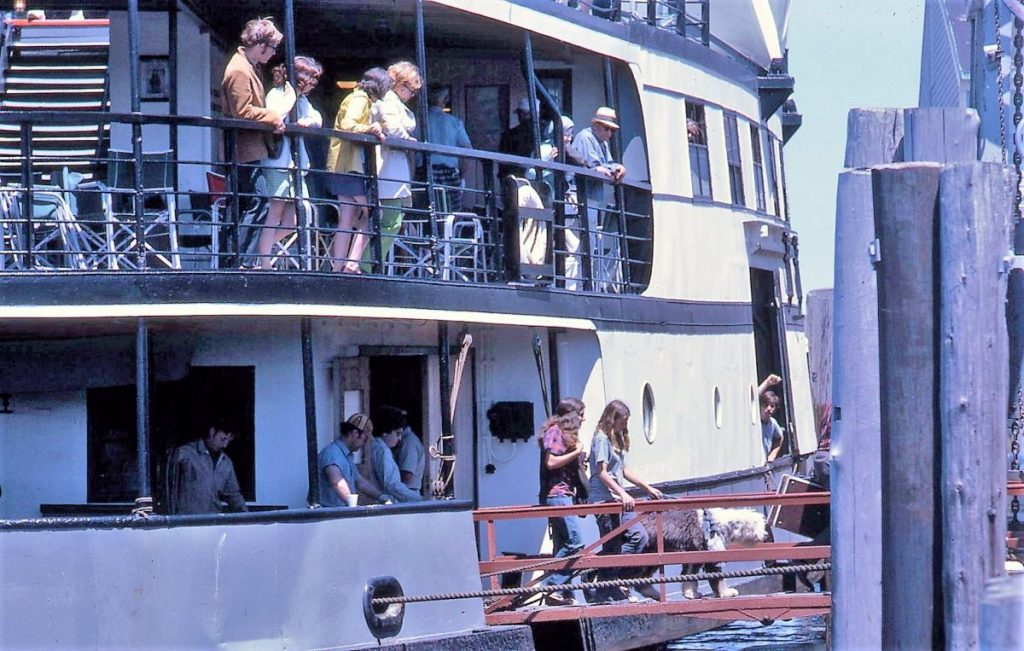
Passengers disembark at the Nantucket steamboat wharf. * Photo: Ted Scull
Home Sweet Summer Home
During the next five weeks, I loved the routine of watching the steamers appear over the horizon in the early afternoon about 90 minutes apart. In the evening, the last steamer of the day would show all lit up, then at 7 a.m. the next morning, the whistle signaled its departure for the mainland.
On foggy days, it would blow its way out of the harbor warning smaller craft to stay clear. The steamer had a schedule to keep. Sometimes in a heavy fog, the whistling lasted twenty minutes until it became too faint to hear, and I would fall back to sleep.
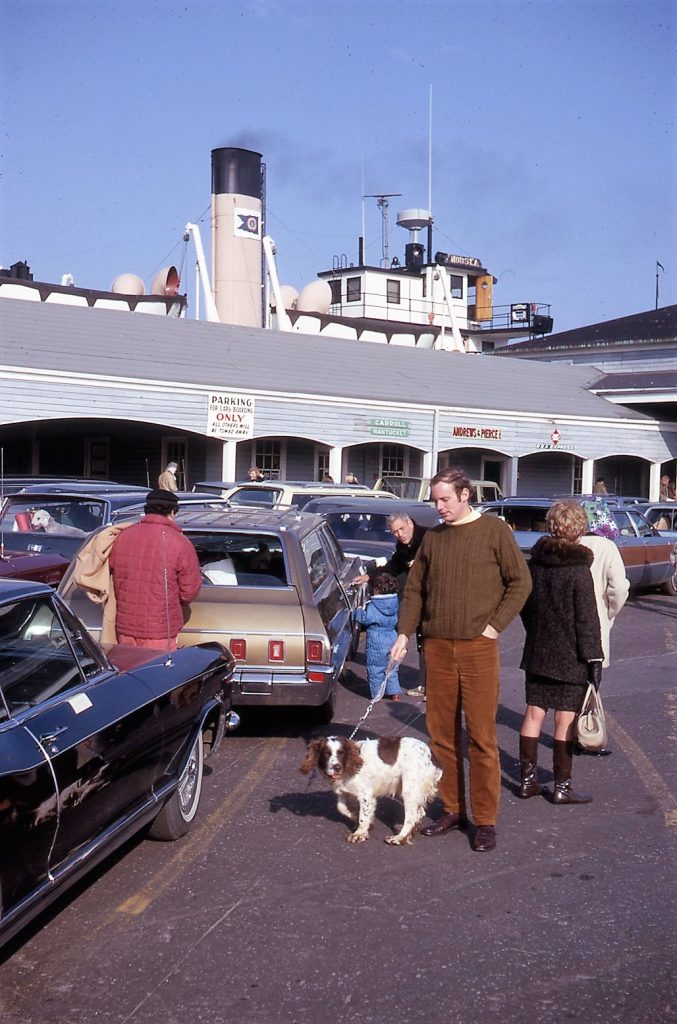
Leaving the island at the end of summer. Taking the dog aboard, now Christopher, was always my job. * Photo: Sandy Scull
Those hardworking steamers gave a half century of service until it became necessary to build larger boats that could also handle a few trailer trucks easing the delivery of food, household supplies and building materials.
A group I belonged to spent years trying to save the Nantucket (renamed Nobska) from scrap, and in the end, we failed.
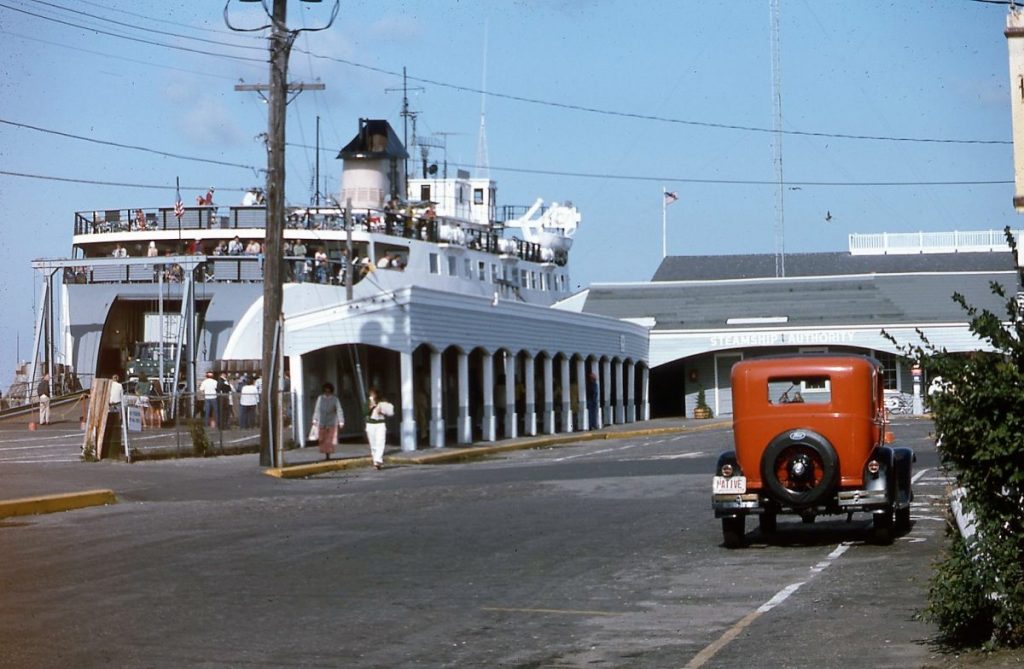
The last true steamer, the Nantucket of 1957, could handle a couple of trucks. * Photo: Ted Scull
The steamers’ regularity and visibility provided a regular rhythm to my day, and I am sure, for others as well.

I loved watching the daily rhythm of the steamers, here outbound for Woods Hole. * Photo: Ted Scull
![]()
Don’t miss a post about small-ship cruising, subscribe to QuirkyCruise.com for monthly updates & special offers!
© This article is protected by copyright, no part may be reproduced by any process without written permission from the author. All Rights Reserved. QuirkyCruise.com.

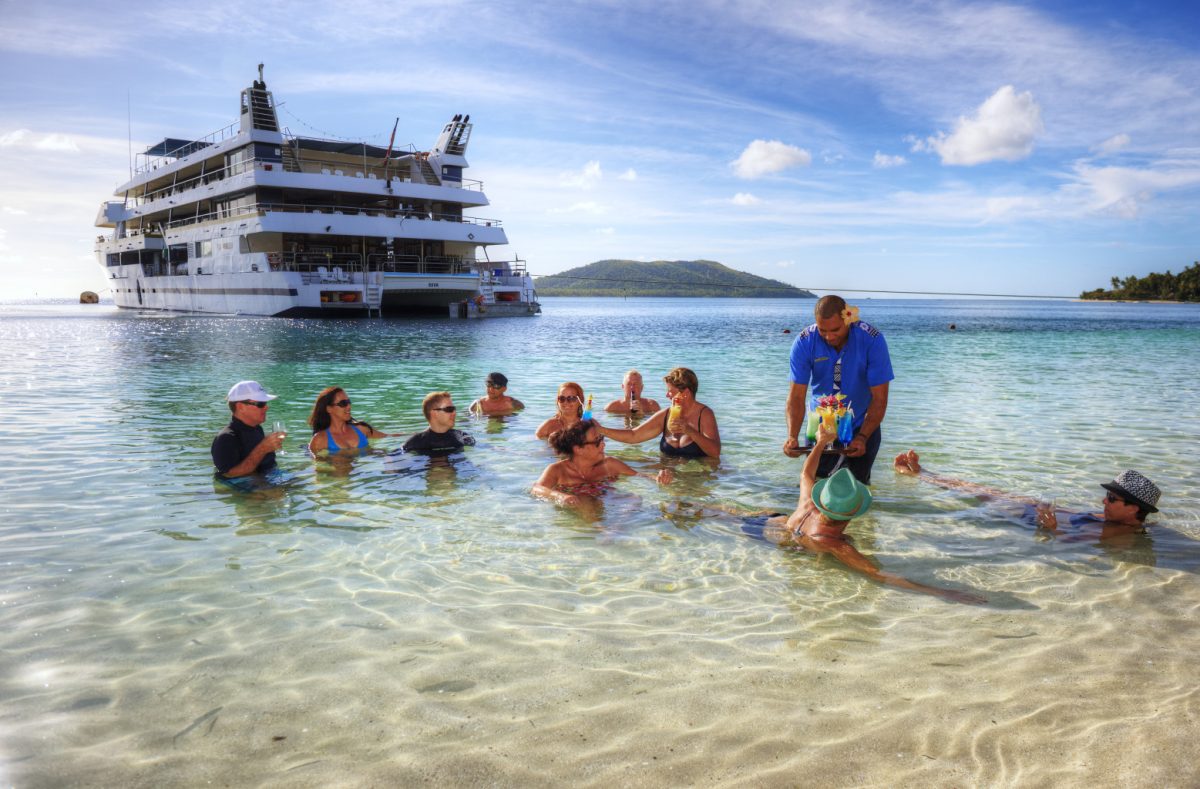
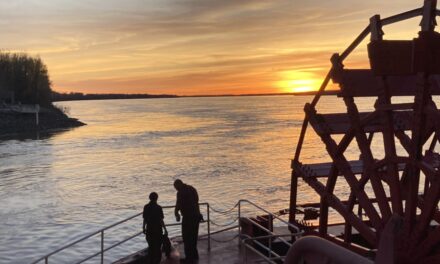

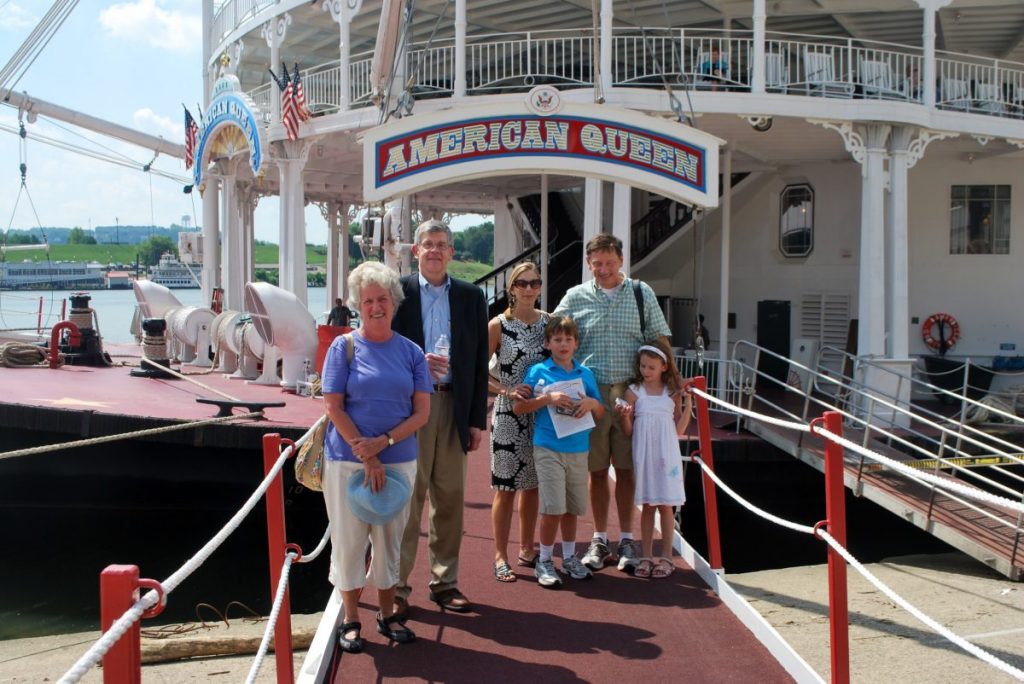








 HEIDI SARNA
HEIDI SARNA












Great article Ted. It brings back some fond memories that I have of the Nobska and working aboard the Martha’s Vineyard.
George,
I would like to hear them sometime.
Ted, I loved reading how it all began for you! Great story and photos!
Thank you 🙂